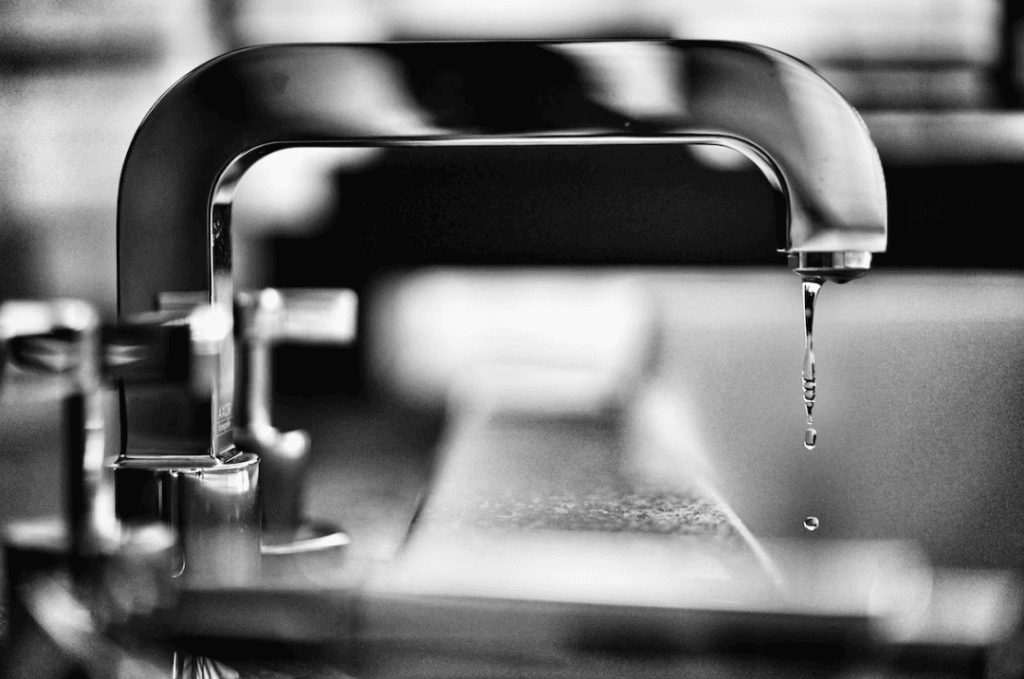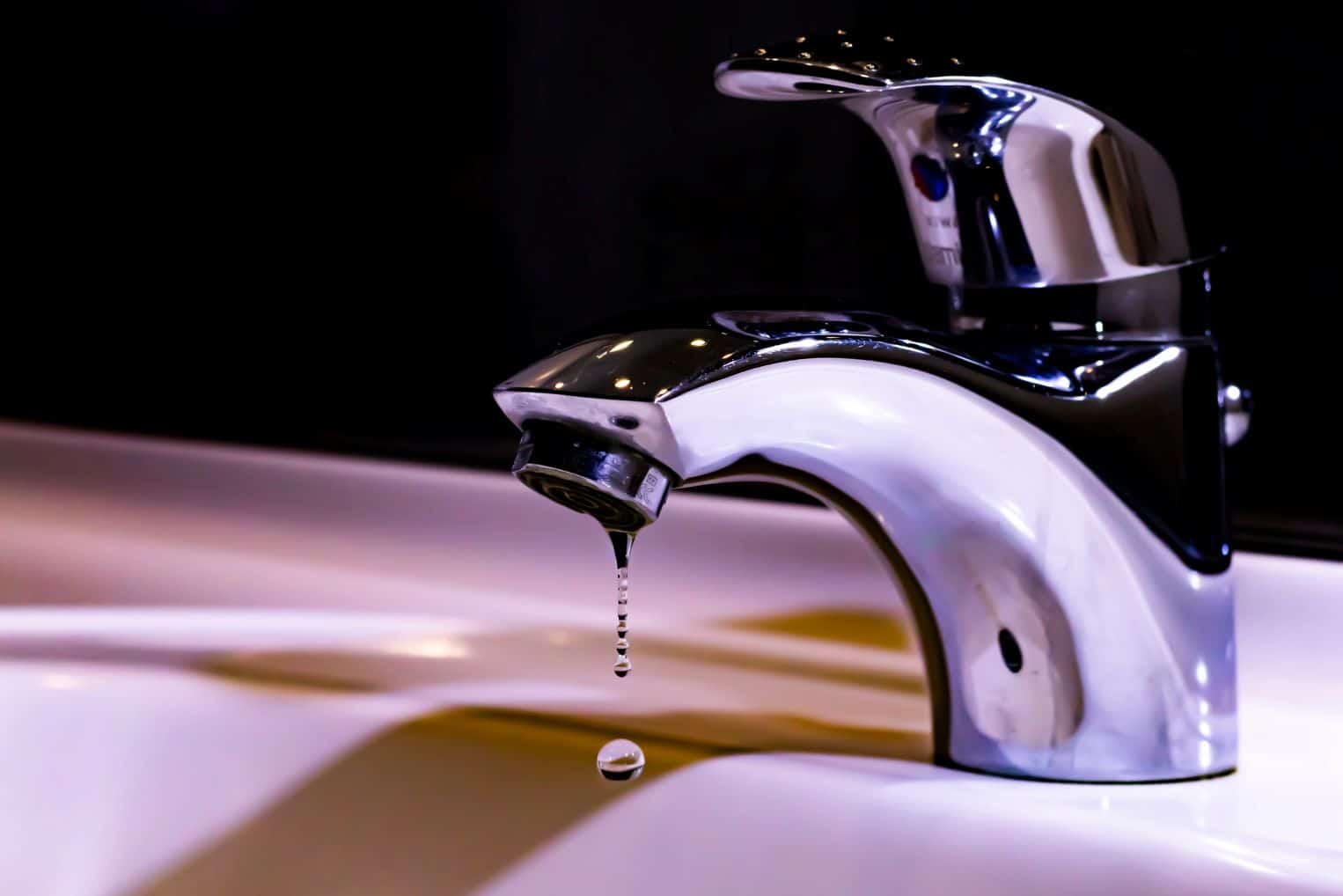Learning the Effects of Recurrent Dripping
Learning the Effects of Recurrent Dripping
Blog Article
How do you feel with regards to Potential Health Risks Associated With Leaky Faucets?

Intro
A leaking faucet could feel like a small aggravation, but its consequences expand much past the periodic drip. Understanding the impacts of a leaking tap is vital for both homeowners and the atmosphere. In this article, we'll explore the different impacts of this typical family issue and why resolving it quickly is essential.
Sources Of Leaky Faucets
Leaky faucets can arise from a range of variables, including deterioration, high water stress, and rust. Over time, the consistent use of taps can cause damaged seals and gaskets, triggering leaks to create. In addition, extreme water stress can put pressure on plumbing components, bring about leakages. Deterioration and rust can likewise weaken tap elements, making them prone to leak.
Water Waste
Among one of the most significant repercussions of a dripping tap is water wastefulness. Even a small drip can add up to gallons of wasted water over time. This not just increases water expenses but additionally adds to water scarcity and environmental destruction. Addressing dripping taps quickly is vital for preserving this priceless source and minimizing its impact on the earth.
Financial Effect
Along with drainage, dripping faucets can also have a significant monetary influence. Boosted water expenses are a direct effect of water waste, costing property owners numerous dollars annually. Additionally, the expense of repairing water damage caused by leaks can be considerable, particularly if left unattended for a prolonged duration.
Ecological Impact
The ecological impact of leaky faucets prolongs beyond water wastage. By preserving water, property owners can contribute to broader initiatives to mitigate water deficiency and safeguard all-natural communities. Lasting alternatives such as rain harvesting and water-efficient fixtures can better reduce the ecological footprint of home water use.
Technological Solutions
Innovations in technology have actually resulted in the growth of wise taps and water-saving devices that aid minimize water wastage. Smart taps utilize sensing units to spot movement and readjust water flow as necessary, decreasing waste without giving up ease. Water-saving devices such as aerators and low-flow showerheads are also efficient in saving water without jeopardizing performance.
Global Viewpoints
While leaky faucets may feel like a localized concern, they contribute to wider global obstacles such as water scarcity and climate change. In regions already dealing with water stress and anxiety, every drop counts, making leak avoidance and repair vital. By embracing water-saving methods and purchasing sustainable innovations, property owners can play their part in dealing with these pressing global issues.
Governing Actions
Federal government guidelines play an essential role in reducing the impact of leaking faucets and promoting water preservation. From constructing codes that need water-efficient fixtures to water-saving motivations and discounts, policymakers have a series of devices at their disposal. By applying and implementing these laws, federal governments can ensure that homeowners focus on water conservation in their daily lives.
Area Effect
Addressing dripping taps requires cumulative efforts at the area level. By elevating understanding concerning the value of water preservation and supplying sources for leakage discovery and repair work, regional authorities can equip property owners to take action. Campaigns such as water-saving refund programs and leak discovery campaigns can incentivize behavior adjustment and advertise accountable water usage.
Case Researches
Real-life examples of the effect of leaking faucets emphasize the significance of aggressive maintenance and prompt repair work. From water damage to increasing water bills, the repercussions of neglecting leaks can be severe. By sharing these case studies, house owners can much better comprehend the significance of resolving leaking taps promptly.
Educational Campaigns
Educational campaigns play an important role in elevating understanding about the results of leaking faucets and promoting water preservation practices. Via workshops, seminars, and on the internet resources, property owners can discover how to spot and repair leaks themselves. By equipping people with understanding and tools, educational campaigns can cultivate a culture of accountable water use within neighborhoods.
Wellness Problems
Dripping taps can develop helpful atmospheres for mold and mildew and mildew growth, positioning health risks to occupants. The presence of mold and mildew can aggravate respiratory system problems and allergies, specifically in at risk people. Furthermore, water damages arising from leaks can endanger the architectural stability of structures and result in pricey repair services.
DIY vs. Expert Repair work
When faced with a dripping faucet, house owners typically question whether to try repair services themselves or hire a specialist plumber. While do it yourself repair services can save money, they might not constantly address the hidden problem successfully. Specialist plumbers have the experience and tools to detect and fix leaks correctly, ensuring long-term services and peace of mind for homeowners.
Preventive Measures
Avoiding leaking faucets calls for routine maintenance and positive steps. Easy jobs such as replacing worn-out washers and seals can prevent leakages from developing. Furthermore, upgrading to top quality fixtures and lowering water stress can assist prolong the lifespan of taps and decrease the threat of leaks.
Conclusion
Finally, the impacts of a leaking tap expand far beyond the occasional drip. From water wastefulness and enhanced water expenses to health and wellness problems and ecological effect, the effects of ignoring leaks can be significant. By dealing with dripping faucets immediately and taking on water-saving practices, house owners can minimize these effects and add to an extra sustainable future.
Causes and Consequences of a Leaky Faucet
Although it’s a relatively common issue, many people don’t know what causes a leaky faucet. Additionally, few homeowners are familiar with the consequences of leaky taps, causing them to ignore the problem. However, much of the damage caused by leaky faucets can be prevented by reacting swiftly.
In this article, we’ll provide a better understanding of leaky faucets by listing their causes and consequences.
What causes a leaky faucet?
Many internal pieces of the faucet responsible for turning the water on and off can break. Consequently, they can’t function correctly and will give rise to leaks. Here are a few common causes of leaks:
Loose washers
The washer opens and closes when turning the faucet on and off. This movement produces friction, causing wear and tear. Over time, the washer gets worn out and won’t fit closely to the valve seat, leading to a leak.
Worn out O-rings
O-rings seal gaps between the internal parts of the faucet. If they fail, water can seep through these gaps and result in a leaky faucet.
Poor seals
Many faucets have inlet seals that let water freely flow when turning the faucet on and stop when it is turned off. If there’s too much sediment or water pressure, the seals can suffer damage and cause the faucet to leak.
Corroded valve seat
The valve seat sits at the bottom of the faucet’s mechanism. It plays a part in turning the tap on and off, and it can corrode due to repeated usage. If so, water will be dripping around the handle area.
Worn out faucet cartridge
Single-handle faucets have a faucet cartridge that helps control the water flow. Due to normal wear and tear, the cartridge can start leaking.
What are the consequences of a leaky faucet?
High water bills – Dripping faucets can lead to much higher water bills due to the amount of water wasted. In particular, as much as 17 gallons of water can be wasted during a single day if a faucet has about one drip per second. Mold and rot – Mold can develop in any moist area, making the area around leaky faucets an ideal breeding ground. Also, any wooden elements affected by the leak can eventually rot. Overflows and drain clogs – If the leak persists for a while, it can cause a lot of stress on the plumbing system and lead to overflows and drain clogs. Water stains – Minerals accumulating in the sink due to a leaky faucet can be quite tricky to remove. In the worst-case scenario, you might need to buy a new sink. https://www.jimmyjoesplumbing.com/blog/causes-and-consequences-of-a-leaky-faucet

As a serious person who reads about Causes and Consequences of a Leaky Faucet, I was thinking sharing that piece of content was a great idea. Liked our review? Please share it. Help another person check it out. I am grateful for being here. Please come visit our website back soon.
Report this page